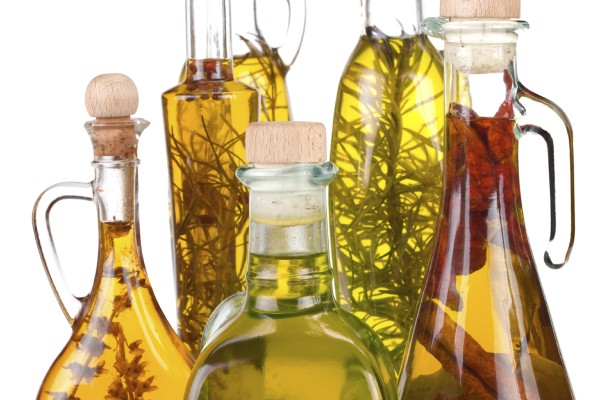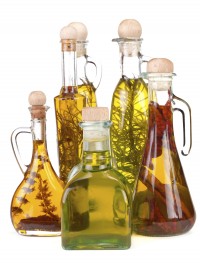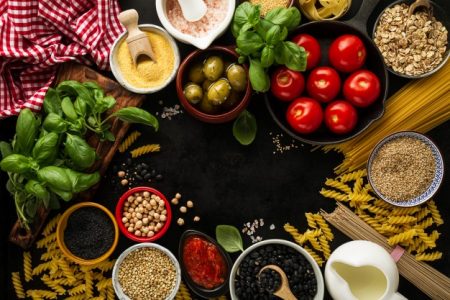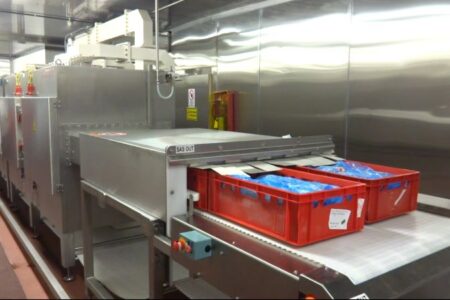Fighting against food fraud

 Eric Jamin from Eurofins Analytics looks as the testing tools available to the food industry for verifying the origin and validity of a product or component as well as emerging methods in this sector.
Eric Jamin from Eurofins Analytics looks as the testing tools available to the food industry for verifying the origin and validity of a product or component as well as emerging methods in this sector.
The possibility of food fraud, where food has been deliberately mislabelled or cheaper ingredients added without identification, is now a real focus for local authorities, retailers and the food industry as a whole.
In a draft report, the EU “acknowledges that combatting food fraud is a relatively new issue on the European agenda, and that in the past it has never been a key priority for legislation and enforcement at EU or National level”, and, based on a recent scientific review (2) “points out that foods which are often subject to fraudulent activities include olive oil, fish, organic products, grains, honey, coffee, tea, spices, wine, certain fruit juices and milk”.
Food fraud has been around for centuries with examples such as the adulteration of imported tea with iron filings in the 19th century. A year on from the horse meat scandal, Eurofins is still experiencing a significant level of meat species testing indicating that retailers and manufacturers are still monitoring the supply chain through testing. Testing is also being applied to the wider areas of food authenticity encompassing areas such as olive oil and honey, which are open to adulteration.
Tackling Adulteration
There are several advanced analytical methods pioneered to tackle adulteration practices. These practices can range from replacing key ingredients such as sugar, water, natural flavours/colourings with cheaper alternatives, and mislabelling items such as species, geographical origin method of production.
The methods of analysis to detect and measure adulteration are becoming increasingly sophisticated with the main types of tools used in this field including analysis of chemical composition using chromatography; Stable Isotope testing to identify molecular origin, molecular biology to identify species and varieties as well as profiling methods which analyse whole matrices fingerprints.
Some specific chemistry / chromatography methods can be used to detect specific frauds, such as, for example, the presence of fruit blends, sugar syrup added to fruit juice and flavours manipulations.
Molecular biology is usually the most efficient technique when it comes to determining animal species differentiation in meat products as well as fish and seafood and plant varieties.
However, problems can arise in using the above methods when a chemically identical molecule, but of a cheaper origin, is used as part of the ‘fraud.’ In this case, the issue can only be solved by analysing the stable isotope content to trace the history of the ingredient or component. This can be the undeclared addition of cheaper sugar in wine, fruit juice, maple syrup or honey; the undeclared addition of cheaper alcohol in wine and spirits or the addition of acetic acid (vinegar) or the undeclared addition of water to wine or fruit juice for example.
Isotopic fractionation
Food products are composed of the four main elements: C, H, O and N which are naturally present in several isotopic forms (same atomic number, different weights) following a distribution influenced by natural phenomena and human processes. This is called isotopic fractionation and can be measured using two main techniques:
IRMS – Isotopic Ratio Mass Spectrometry.
Sometimes used alongside chromatography, IRMS gives access to the overall isotope ratios of a product or a constituent and involves the combustion of the organic product SNIF-NMR. This method measures the isotopic distribution within a given molecule and can give a site-specific result.
One other major application of stable isotope testing is the control of declared geographical origins. While the geographical origin of a certain product or component cannot be determined using isotope testing, one can check the compliance with a declared origin when the precise origin is available (relying on geology and climate models).
Since the isotopic properties of plant products are influenced by environmental factors such as temperature, rainfall, latitude, elevation, distance from the sea, soil, etc., isotopic maps can be established from reference samples in order to check the traceability of market products. Similarly animal products such as meat and dairy “are what they eat” in isotopic terms, and due to the local provenance of the drinking water and grass feeding, they can also be traced in the same way.
As an example, stable isotopes can trace whether milk or cheese was produced from cows grown in mountain areas, which are often defined as Protected Denomination of Origins (PDOs). Another application concerns the differentiation of wild fish from farmed one. Premium products and brands can therefore be protected from cheaper “counterfeit” alternatives via isotopic analyses.



